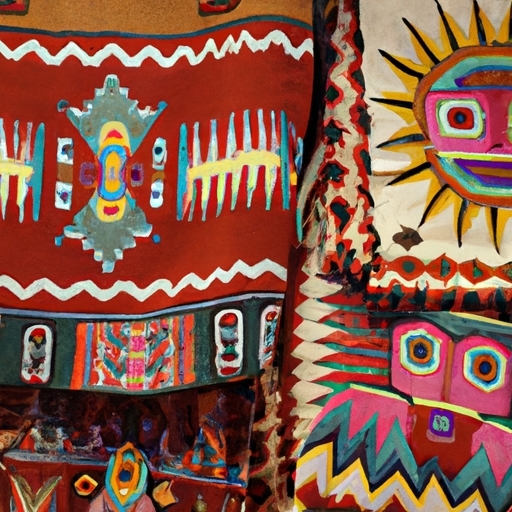american native furniture
Introduction to Hopi Kachina Dolls Carpets
Introduction to American Native Furniture is a comprehensive look into the rich history of furniture crafted by America's Indigenous peoples. From the early carvings of the Navajo to the beautiful baskets woven by the Apache, these pieces are not only practical but also serve as an important part of our nation's heritage.
The earliest forms of native American furniture date back thousands of years and are believed to be some of the oldest in North America. For example, ancient rock art sites in Utah contain images that suggest seating and other items made from wood or animal hide. These artifacts reveal how ingenuity and resourcefulness were used to create comfortable places for socializing and sleeping.
Furthermore, many tribes used trees such as juniper, pine, oak, and cedar to construct their furnishings. These woods were typically gathered from nearby forests or purchased from trading posts near their settlements. Additionally, animal hides often served as upholstery on chairs and beds while stone was used for tables and benches. (This was especially true amongst coastal tribes like the Tlingit.)
In addition to being functional pieces of furniture, Native Americans also created ornate works with intricate designs carved into them. Often times these pieces were decorated with symbols that told stories about their culture or beliefs. This could range from animals such as bears or eagles to geometric shapes which related to fertility or prosperity! Moreover, most tribes would use dyes derived from plants like sumac berries or lichens in order to add coloration to their pieces; doing so gave each item a unique aesthetic appearance!
Finally, it’s clear that American Native Furniture has played an integral role throughout history; what began long ago as basic tools for everyday living have evolved into cherished works-of-art that we can enjoy today! Transitioning into modern times, native artists continue creating amazing works honoring their ancestors’ traditions while also incorporating new techniques along the way. In this manner they will ensure that future generations can appreciate these timeless treasures for years ahead!.
